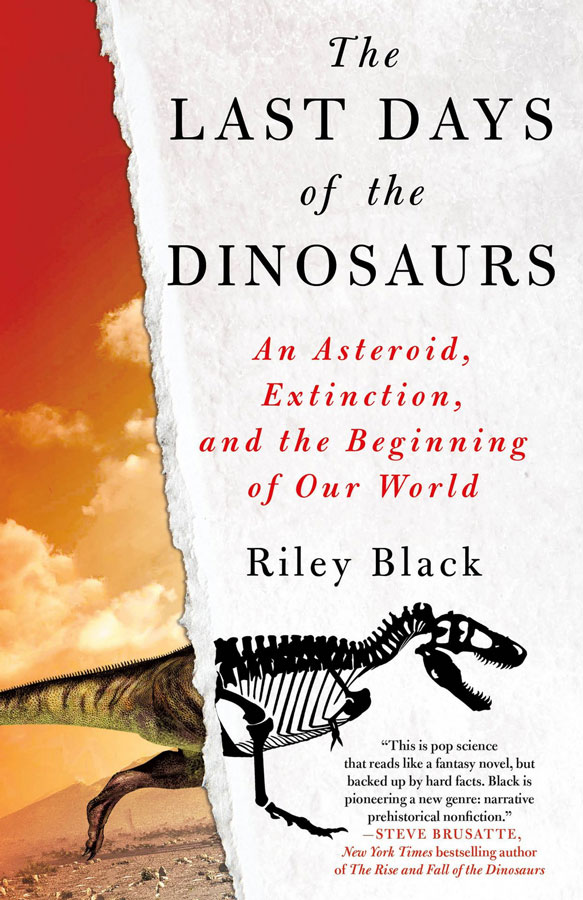Today’s Post by Joe Farace
A bibliophile or bookworm is an individual who loves and frequently reads books.
According to statista.com, in 2020 the average time that American adults spend reading each day was around 20 minutes. This was an increase from previous years, likely driven by media consumption during the pandemic, but the way U.S. consumers read was changing before the pandemic. Even more interesting to me is that the mean annual expenditure per consumer on reading in the United States was $113.87. With one exception I personally don’t know anyone who has read an entire book this year. That exception was someone inspired by one of the Books of the Week that were featured on the Book Club. Thanks!
Bill Gates is said to have read 50 books a year or about one book a week. Most of the books he reads are non-fiction (see today’s Book of the Week comment on this topic) dealing with public health, disease, engineering, business and science. As I write this during the twenty-fifth week of the year, I am reading book number 36, Frank Herbert’s Dune. So maybe my book reading is different than Mr. Gates’ more socially focused tomes but I read what I like.
The average home contains 147 books. When I was growing up in Baltimore my parents owned two books: The Bible and Two years before the Mast by Richard Henry Dana, a book written in 1834 after a two-year sea voyage and was published in 1840. I think this was a book that my father liked. Eleven years ago when Mary and I moved to Daisy Hill the movers asked if I was a lawyer, Their question was based on the fact that during their packing and unpacking they estimated I owned 3200 books. Over the remaining years I may have added a few and also donated more than a few to the Douglas County Library system but I haven’t been counting. And over the years I have used the bookcases in my dining room in this home and my previous one as props for some of my glamour photography, like the featured thumbnail image. You can read about how I made a similar photograph here.
Book of the Week
 The Last Day of the Dinosaurs by Riley Black. Other than books about photography and automobiles, I don’t read much non-fiction. This week’s featured book is an exception. The Last Day of the Dinosaurs gives you a ringside seat to what happened to the dinosaurs 60 million years ago. I always assumed that the six-mile-wide Chicxulub asteroid that crashed into the waters off what is now Mexico, triggered a nuclear winter—the author calls it an “Impact Winter”— that gradually killed more than 75 percent of Earth’s species, including all those poor dinos. But I was wrong.
The Last Day of the Dinosaurs by Riley Black. Other than books about photography and automobiles, I don’t read much non-fiction. This week’s featured book is an exception. The Last Day of the Dinosaurs gives you a ringside seat to what happened to the dinosaurs 60 million years ago. I always assumed that the six-mile-wide Chicxulub asteroid that crashed into the waters off what is now Mexico, triggered a nuclear winter—the author calls it an “Impact Winter”— that gradually killed more than 75 percent of Earth’s species, including all those poor dinos. But I was wrong.
Black takes you minute-by-minute of the situation on the ground from just before before Chicxulub crashed to what happened immediately after and even later. One minute most of the dinos were happily doing their dinosaur thing and the next minute most of them were dead.
But there’s a lot more to the story than that and Black builds her story around the ecosystem of Hell Creek Montana but also offers brief snapshots around the world to see what happened in a different kinds of ecosystems. In the chapter, “The First Hour” after the Impact” sets a pattern on what follows in the rest of the chapters and takes a look at specific species and well as flora examining the effect that the impact had on them. This is followed up by chapters on the first day, the first month and then one year after going on to “One Million Years After the Impact.” Each chapter follows a similar format but at the same times has a different focus as it examines how the world changed irrevocably after Chicxulub. All of these chapters are partially based on the fossil record while others may be speculation and ideas from scientists as well as on Black’s part, that she freely admits might be wrong. But as my personal hero Mark Twain once said, ““never let the truth get in the way of a good story.” This book is about about science and is written for non-scientists but is as gripping, in it’s own way, as Michael Crichton’s Jurassic Park. If you like dinosaurs, you will love this book.
If you enjoyed today’s blog post and would like to buy Joe a cup of Earl Grey tea ($3.50), click here. And if you do, thank you very much.